1867
Following the Austro-Hungarian Compromise of 1867, Hungary desired a new parliament building in the heart of the country to symbolize Hungary's newfound independence and autonomy within the empire.
Discover the fascinating tales behind the stunning Hungarian Parliament, steeped in centuries of political significance and cultural heritage. Built in the late 19th century, the building houses the National Assembly of Hungary and has survived floods, bombings, and even political upheaval in the 20th century - a symbol of Hungary's resilience and strength, indeed.
Keep reading to know all about the Hungarian Parliament history and what makes it a must-visit landmark in Budapest!

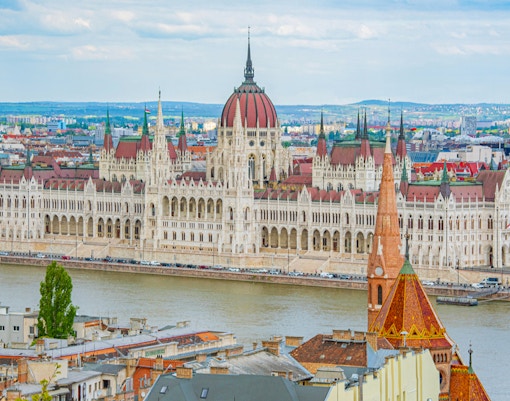


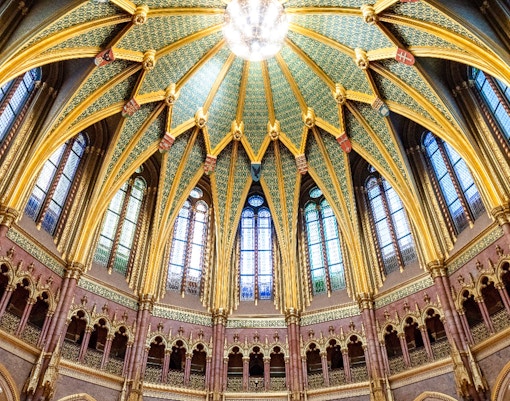
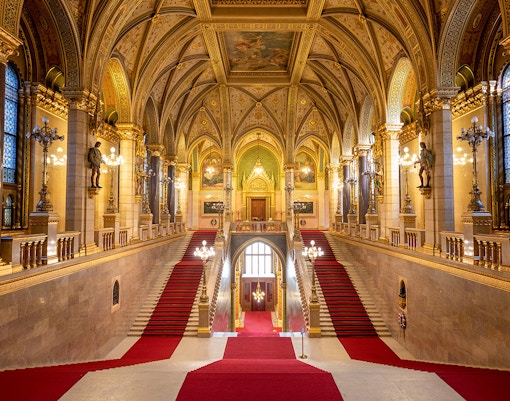
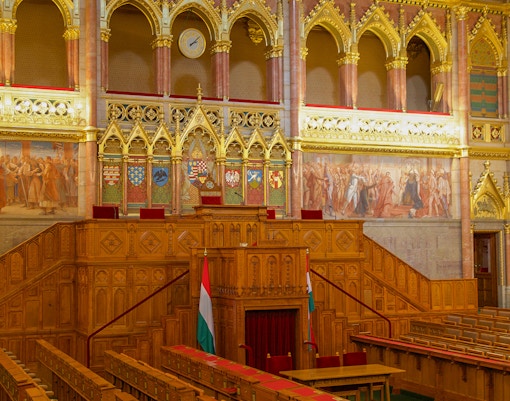
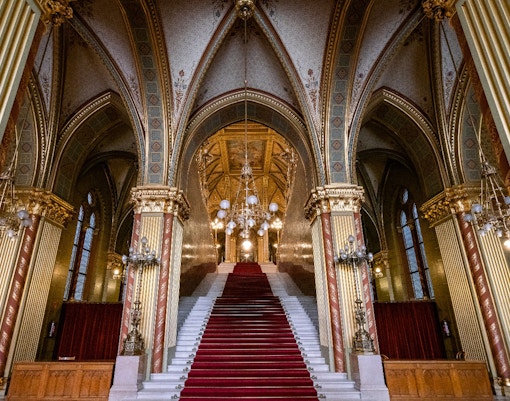
The Hungarian Parliament has witnessed numerous significant events, including the tumultuous years of World War I, the fall of the Austro-Hungarian Empire, the interwar period, World War II, and the subsequent communist era followed by Hungary's transition to democracy.
The Budapest Parliament holds immense historical significance as the seat of the National Assembly of Hungary. It symbolizes the country's political history, independence, and democratic principles.
The Hungarian Parliament building was completed in 1904, making it over a century old. Its majestic architecture was envisioned by renowned architect Imre Steindl, whose vision was influenced by Gothic Revival and Renaissance styles.
The construction of the Hungarian Parliament spanned nearly two decades, from 1885 to 1904, involving thousands of skilled craftsmen and laborers.
The construction of the Hungarian Parliament occurred during the peak of Hungary's push for national identity and autonomy within the Austro-Hungarian Empire. It served as a symbol of Hungarian sovereignty and political power.
The Hungarian Parliament stands as an iconic landmark in Budapest, contributing to the city's cultural and architectural heritage. Its imposing presence along the Danube River adds to Budapest's scenic beauty and attracts visitors from around the world.
The Hungarian Parliament sheltered the Hungarian Crown Jewels during WWII, and the building boasts a staggering 40 million bricks and half a million precious stones. No wonder it's one of the world's largest legislative buildings!
Yes. The Hungarian Parliament is proudly listed as a UNESCO World Heritage Site, recognized for its architectural significance and historical importance.
Yes, Hungarian Parliament guided tours are available for visitors interested in learning about its rich history, architecture, and significance. These tours provide insights into the building's construction, historical events, and the functioning of the National Assembly.
To delve deeper into the Hungarian Parliament's rich history and cultural significance, consider visiting the nearby Hungarian National Museum or participating in thematic tours offered by local historians and experts. Additionally, exploring the surrounding area along the Danube River offers panoramic views of the Parliament's majestic facade and provides insight into Budapest's architectural heritage.
Hungarian Parliament Audio Guided Tour
Combo (Save 5%): Hungarian Parliament Guided Tour + Danube River Sightseeing Cruise Tickets
Budapest: Grand City Tour with Parliament Visit
Combo (Save 5%): Budapest St. Stephen’s Basilica Guided Tour + Hungarian Parliament Audio Guided Tour